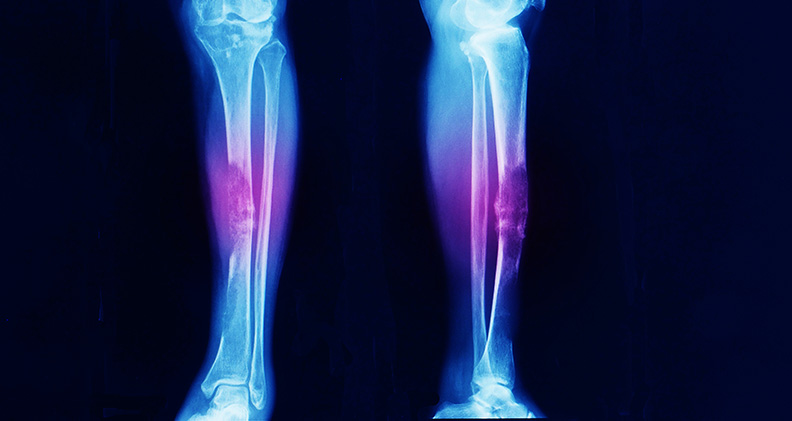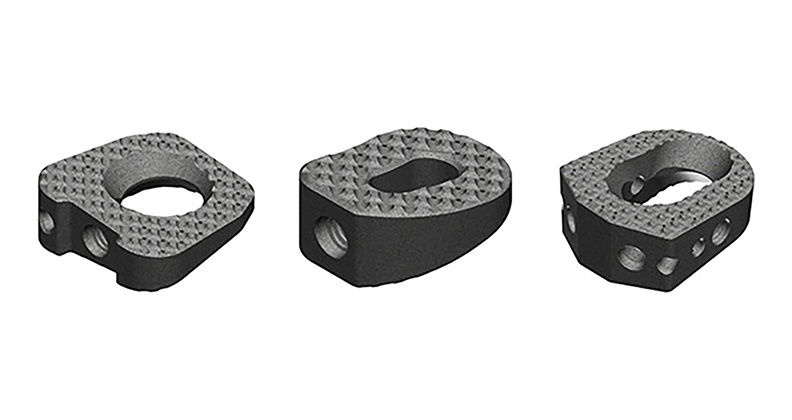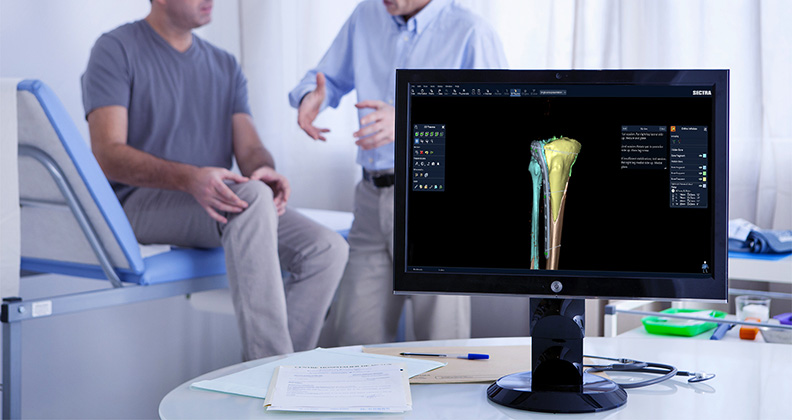
Ricoh USA and Stratasys announced the enrollment of the first patient in a clinical study evaluating the use of 3D-printed models for orthopedic oncology. The study will assess the efficacy of patient-specific 3D-printed anatomical models for preoperative planning and tumor excision in comparison to the current standard of care, which relies solely on CT or MRI imaging.
The joint research aims to demonstrate potential improvements in surgical outcomes, including reduced blood loss, shorter operating time including time under anesthesia and decreased risk of procedural complications. Clinical outcomes will be compared between an experimental group in which tumors are excised using 3D-printed models alongside imaging for planning, and an active comparator group in which tumor excision will be prepped solely with imaging.
The prospective, multi-center randomized controlled study is expected to run for 12 months and involve up to 150 subjects across three sites, including The Ohio State University Wexner Medical Center and Corewell Health, based in Michigan.
According to Erez Ben Zvi, VP Medical at Stratasys, “The collaboration brings together unparalleled experience and innovation in medical imaging and 3D printing and, if successful, may establish anatomical models as a new standard for patient treatment in tumor removal from bones.”
Gary Turner, Managing Director, Additive Manufacturing, Ricoh USA, Inc., comments, “We are thrilled to co-sponsor this important clinical trial alongside our longstanding partners at Stratasys to further demonstrate the potential impact of 3D patient-specific modeling as well as accelerate adoption of this technology to better serve a broader population.”
Source: Stratasys
JAV
Julie A. Vetalice is ORTHOWORLD's Editorial Assistant. She has covered the orthopedic industry for over 20 years, having joined the company in 1999.




